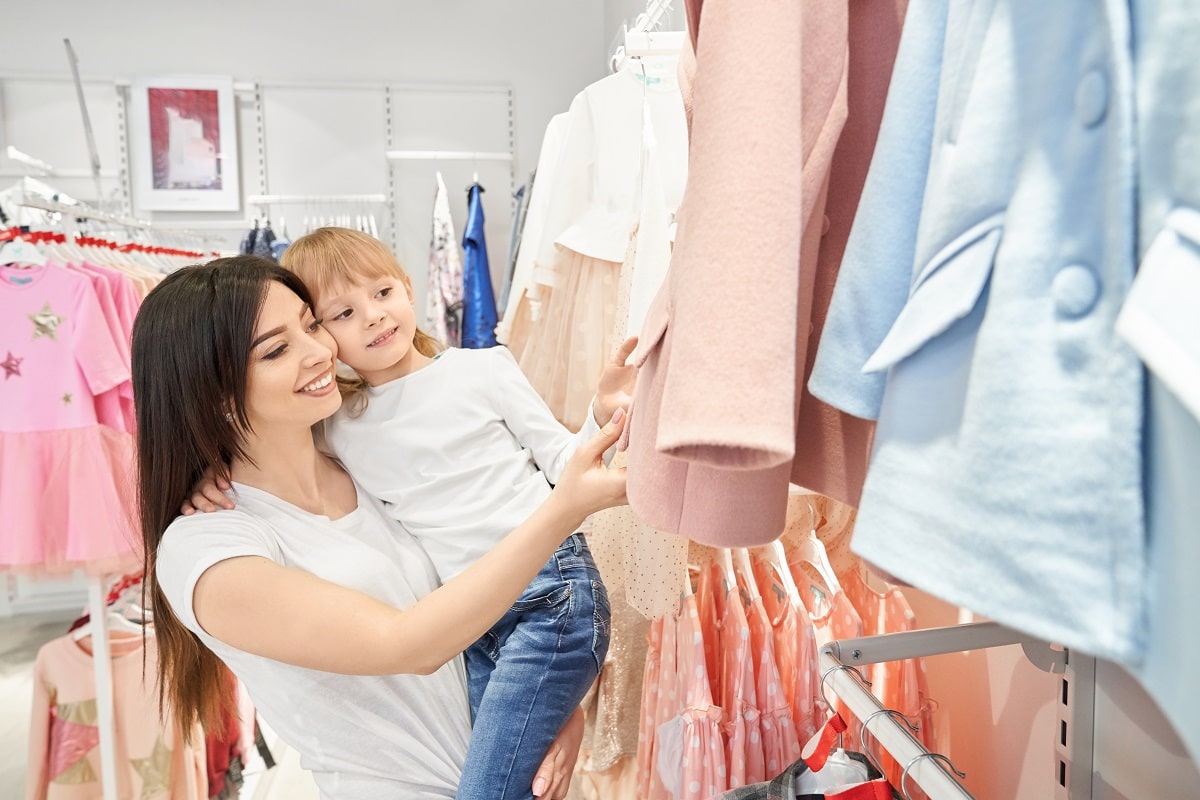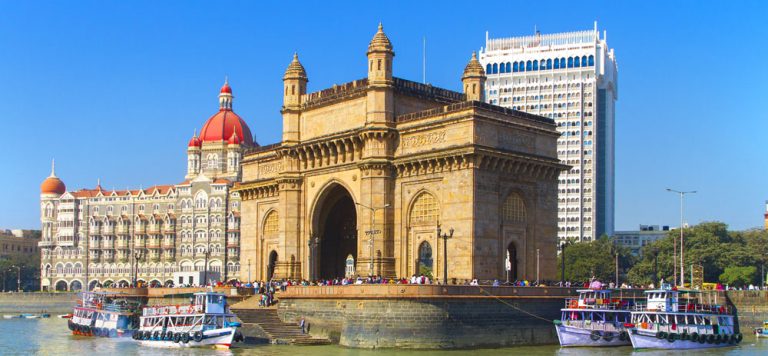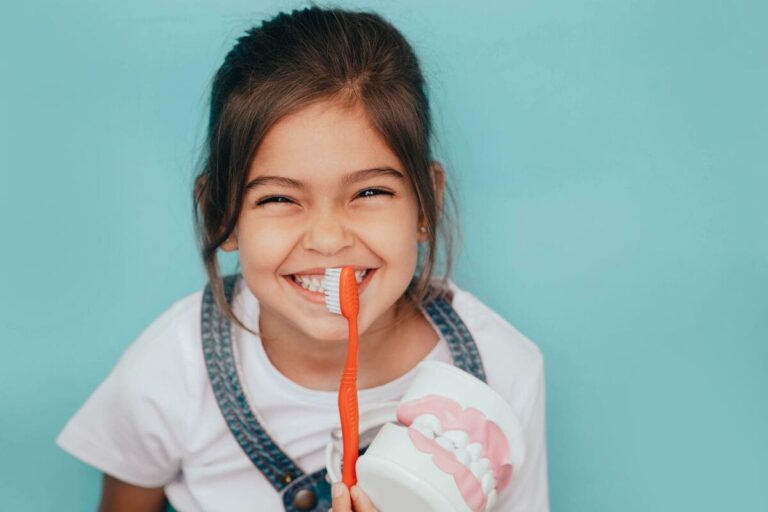The fashion industry affects kids in many ways. For example, children’s fashion shows are a great way to showcase various clothes for various occasions. The United States Child Beauty Pageant is another great way to see the wide range of available clothes. But in recent years, the world has been shaken by the COVID-19 pandemic, which forced large portions of the global population to stay at home and away from retail outlets. As a result, the industry was hit by workforce shortages and disrupted distribution networks.
Child labor in the fashion industry
According to the International Labour Organisation, many children work in the textile and garment industries. According to Common Objective, a global business network for the fashion industry, half of the 170 million children employed are in hazardous jobs. Child labor is a growing problem in many countries, particularly developing ones, and the fashion industry must do more to protect children from harmful work.
There are many reasons why child labor in the textile industry is a widespread problem. This may be a hardened truth, but looking at the Forever 21 nonprofit mission, which aims to help all young people reach their full potential and empower nearly 4.3 million kids and teens, is filled with hope for child labor to eventually cease.
Social media influence on children’s fashion
Children’s fashion is increasingly driven by trendsetting online influencers, such as child models and celebrities. The visibility of these children and their parents on social media can encourage parents to spend more on their children’s clothing. However, children are also prone to outgrowing their clothes very quickly. Fortunately, there are ways to get high-quality children’s wear for a much lower price.
Teens and children are drawn to social media influencers who share data about topics they’re interested in. They follow these people to gain new knowledge, but their content can also affect them unintentionally. For example, these influencers can affect children’s fashion in both good and bad ways. Some want to spread awareness, while others are motivated to increase their reach and brand value.
Influencers are also important for children’s fashion because they can help children create their own sense of style. Celebrity children have recently been the media’s focus, highlighting designer children’s clothes. In addition to celebrity influence, social media can also affect children’s mental health. For example, exposure to photoshopped images of children by celebrities can damage their self-esteem. Children shouldn’t feel pressured to look like their idols in these images. In addition, there is a high risk of cyberbullying, which can lead to anxiety and depression.
Environmental impact of children’s clothing
A recent study by Greenpeace revealed that children’s clothing contains many harmful chemicals. While many of these chemicals are disposed of during laundering, some remain in finished clothing. To reduce the environmental impact of these clothes, it is important to choose sustainable textiles. By choosing clothes made from sustainably grown cotton, you can protect your children, workers, and the environment. Unfortunately, the textile industry is notorious for using potentially harmful chemicals, including more than 3,000 chemicals and 550 types of dyes.
Companies must also maintain responsibility for the products they produce. For example, by making it easy to dispose of used children’s clothing, companies can help reduce their environmental impact. In addition, companies should create an infrastructure that allows customers to close the loop on their products’ life cycles. One company that aims to do this is Jackals. This sustainable children’s clothing line is affordable and great for creating a sustainable wardrobe for your child.
Besides being bad for the environment, conventional clothing also hurts the people who produce it. For example, schoolchildren are often forced to pick cotton by hand in the world’s second-largest cotton exporter, Uzbekistan. These workers are not paid enough, receive poor-quality food, and are frequently punished for not meeting quotas.










![Home Renovation Guide [2025]](/app/uploads/2021/04/design-hacks-1-378x300.jpg)
